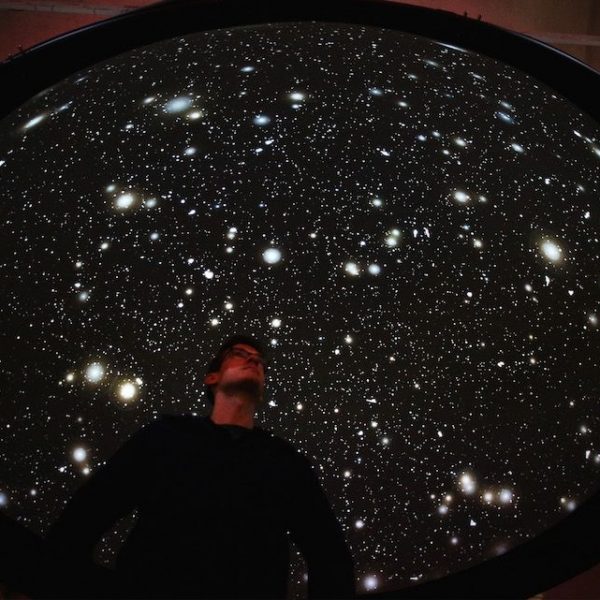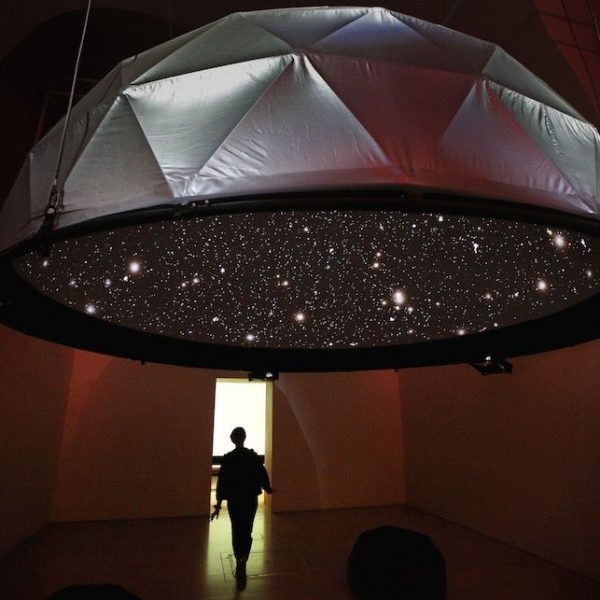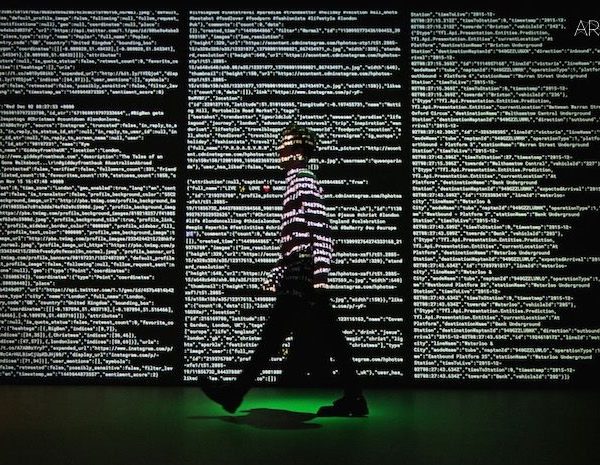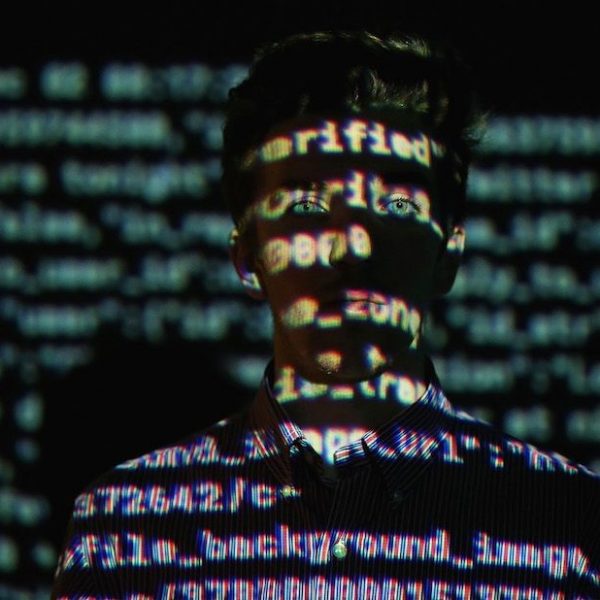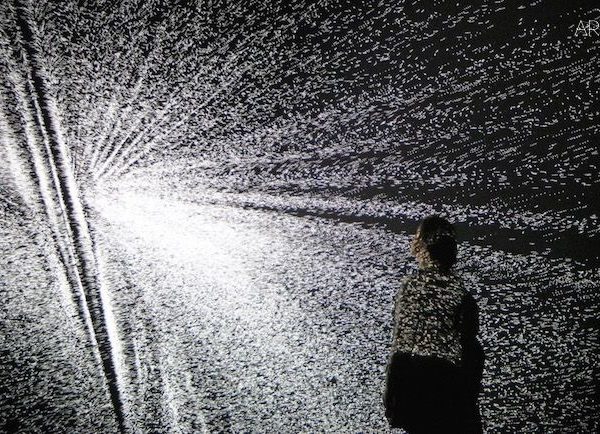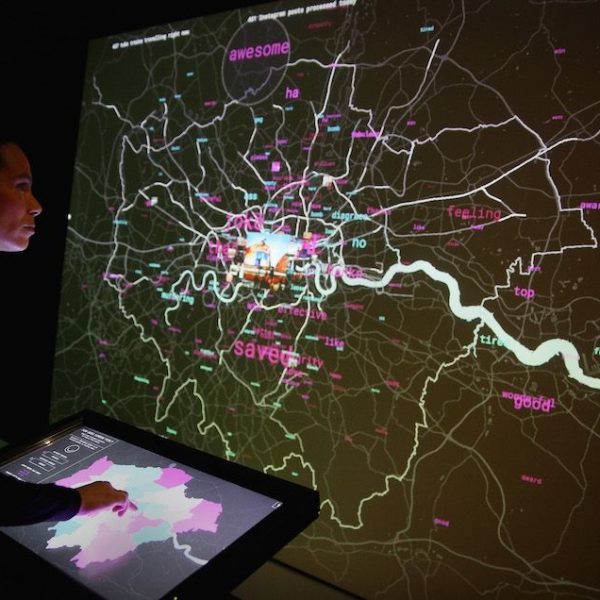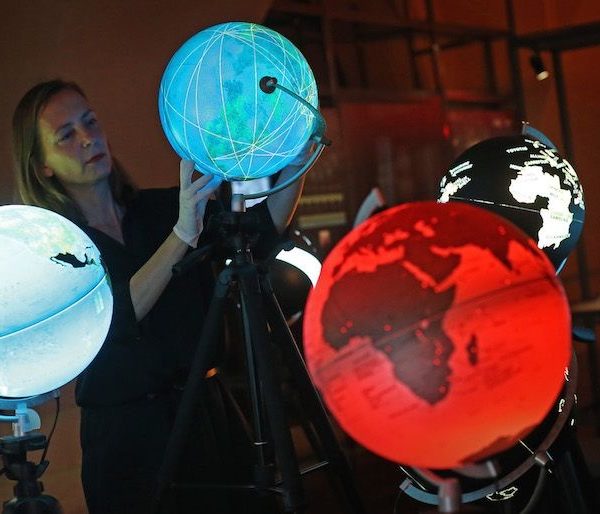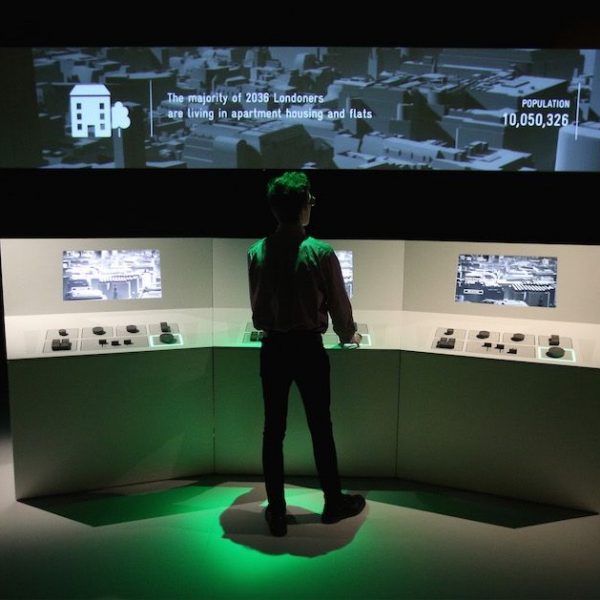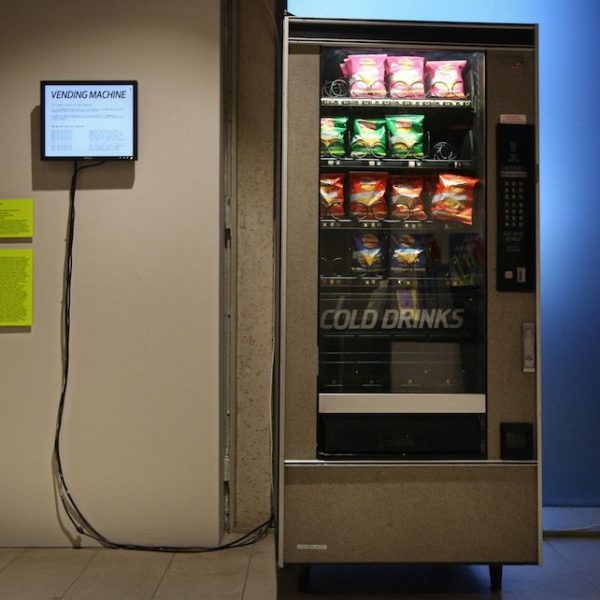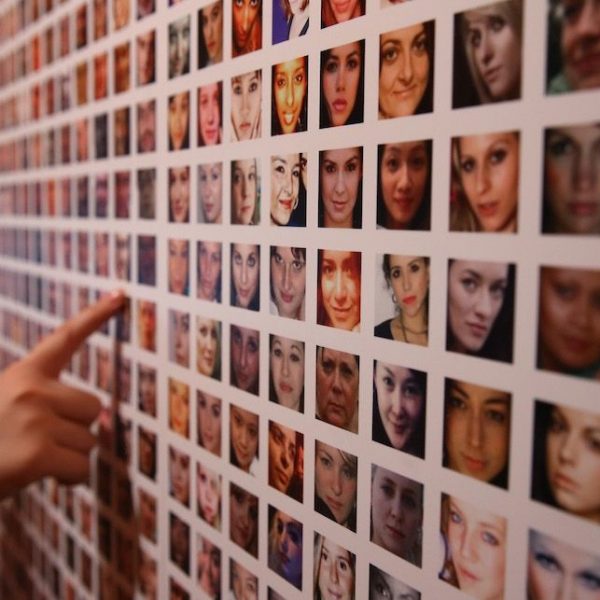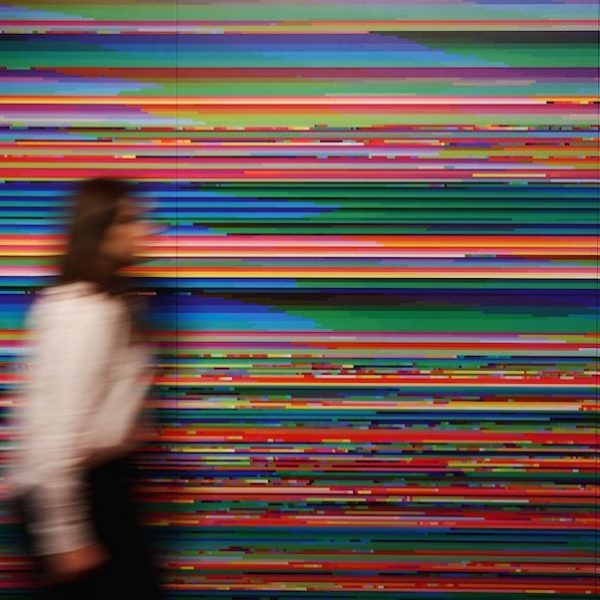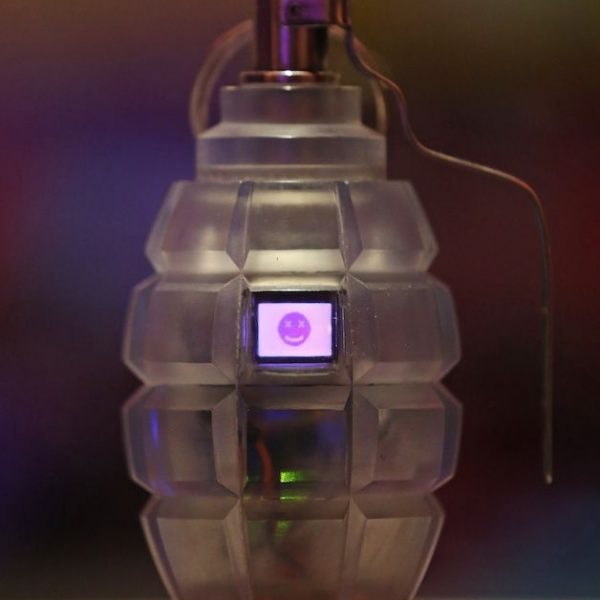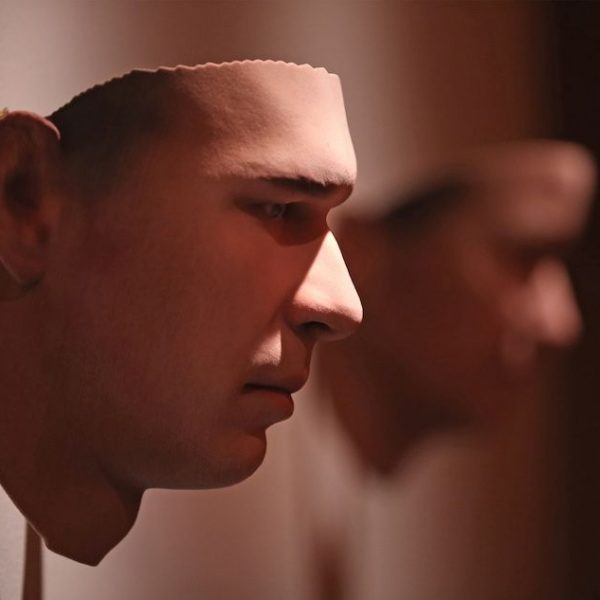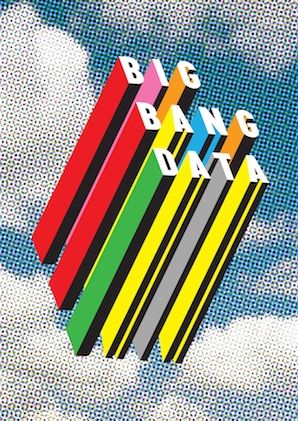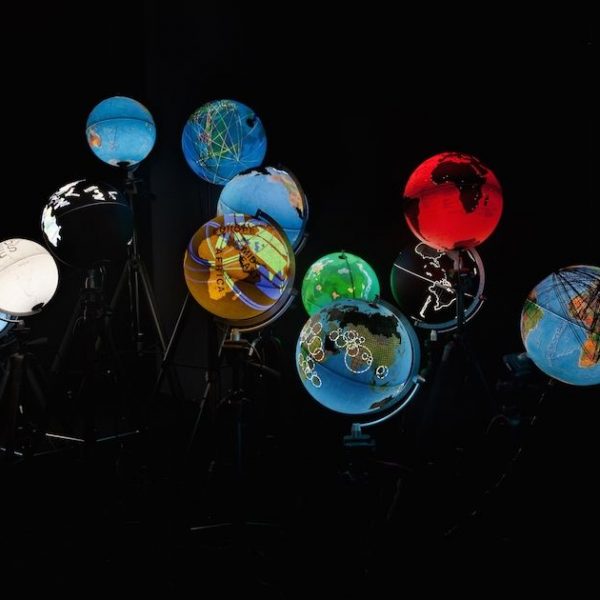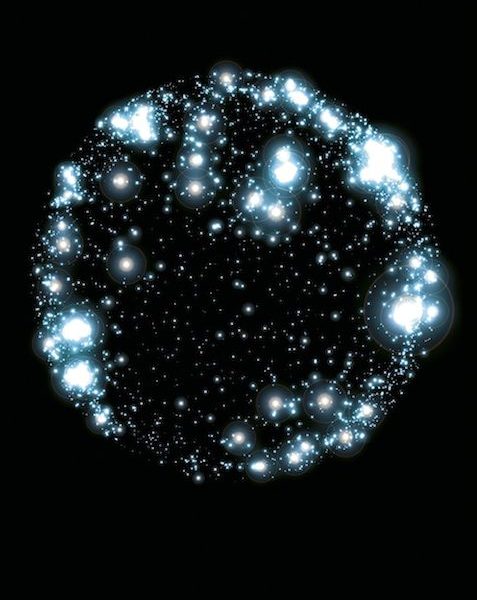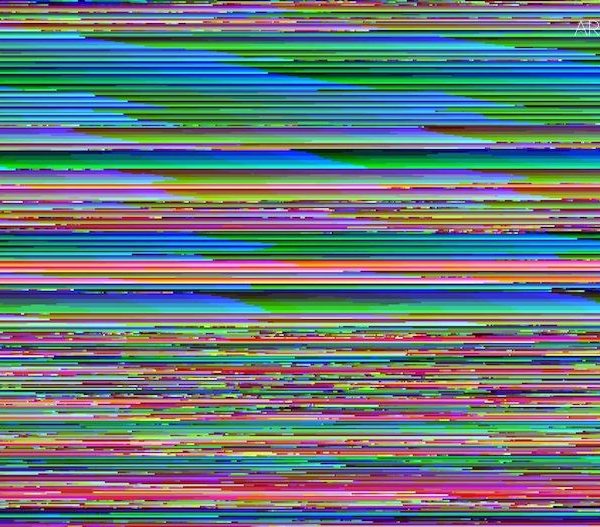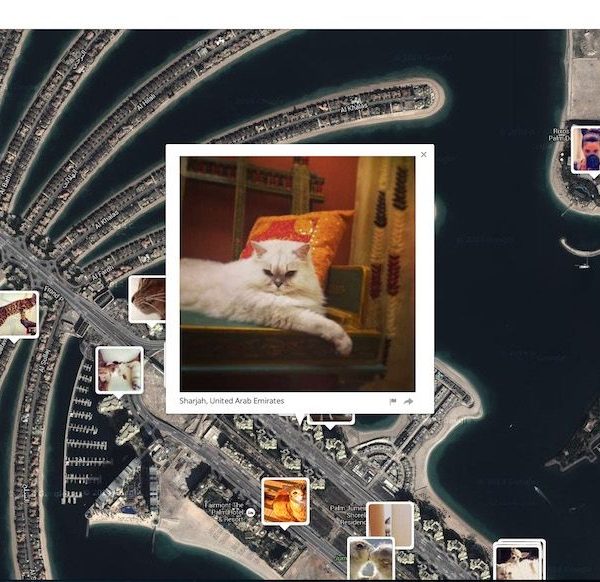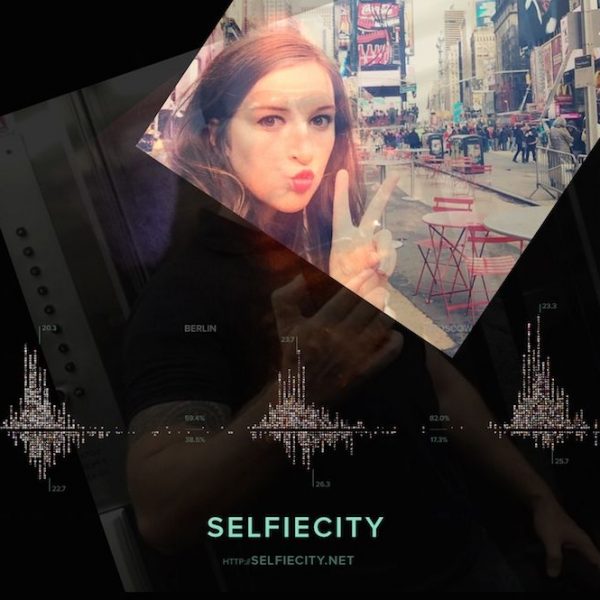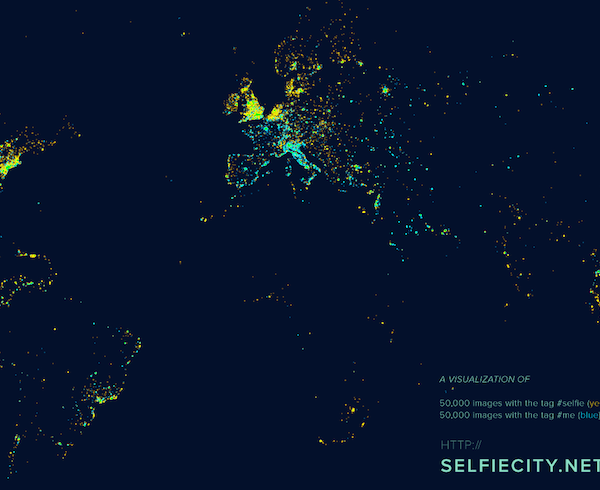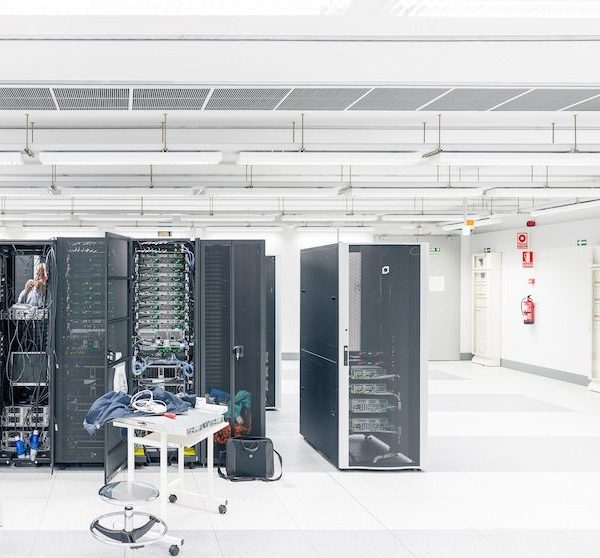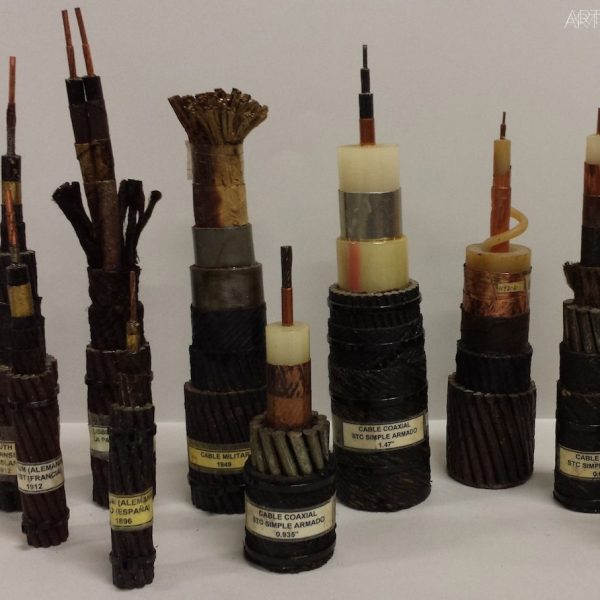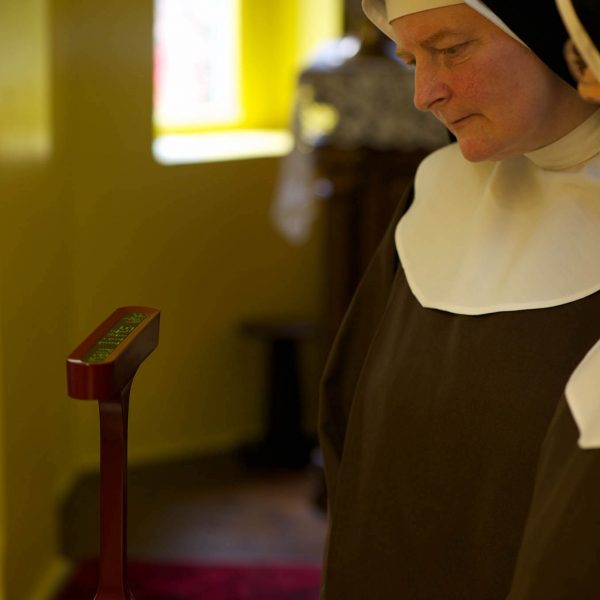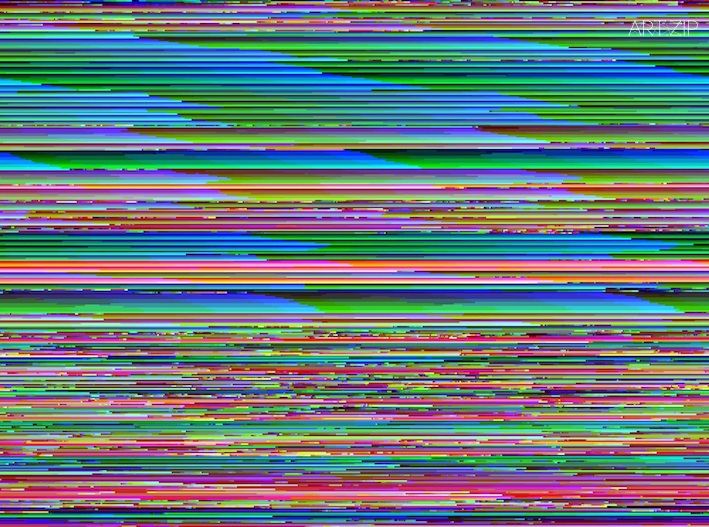
A major exhibition of diverse, dynamic, data-driven artworks and objects to demystify the world of data
3 December 2015 – 20 March 2016
Somerset House, London
.
In December 2015, Somerset House presents Big Bang Data, a major landmark exhibition about the big data explosion of the 21st century, which is radically transforming our lives.
The exhibition features specially commissioned and rarely seen pieces from a variety of international new media artists, including Ryoji Ikeda, James Bridle and Eva and Franco Mattes, all of which draw upon data to explore this most important issue of our time.
The works follow the origins of data, reveal its industrial infrastructure, visualise hotlydiscussed data sets, from migration patterns and artificial intelligence to the global population of cats and trends in selfies, and consider the advantages and dangers of data in our modernday society. The artists have sourced sets of data not only from research centres, but also the public – possibly even visitors to the exhibition – themselves.
Today the world contains an unimaginably vast amount of data which is getting ever bigger, ever more quickly. We are all endlessly producing and releasing data, whether passively as our daily lives are recorded by cameras, telephone calls and card payments, or by actively engaging in social media and searching the internet. As a result, data stories are increasingly at the forefront of the global news agenda, from WikiLeaks founder Julian Assange and whistleblower Edward Snowden to the recent celebrity iCloud and Ashley Madison hacking scandals.
Data is now engrained in 21st century culture, yet the ways that data is organised, used and interpreted are still often unfathomable or almost invisible to the general public, and the issues raised by data for individuals, businesses and governments alike are conflicting and complex to comprehend.
Big Bang Data discloses the hidden truths of the data deluge through an interesting and varied collection of artworks and projects.
.
.
.
Exhibition overview
.
London Wall (WC2)
As visitors arrive at the exhibition, they will be faced with Thomson & Craighead’s London Wall (WC2). Specially commissioned for Big Bang Data, the London-based artists have intercepted publicly-available tweets and status updates posted within a one mile radius of Somerset House and re-published them as posters. Visitors could unwittingly find their own social media musings on the gallery walls.
.
The Weight of the Cloud
The introductory section of the exhibition uncovers the concept of the cloud and shows how our digital information still has a very physical presence somewhere in the world. The cloud is a network of servers, operated from industrial-scale data centres and connected by a series of submarine cables, onto which users store and access data, such as Instagram or Dropbox.
Works include Timo Arnall’s immersive film Internet Machine, which takes viewers inside the closely-guarded infrastructure of data storage centres; the TeleGeography map redesigned by Morag Myerscough, detailing the world’s submarine cable systems and their landing stations (the UK has more than double of any other European country), and examples of the submarine communications cables used by one of the world’s largest telecommunications companies Telefónica, dating from 1896 to the present day.
.
Data Universe
The next section studies the history of data and highlights the landmarks of the ‘big bang’ of data. In 2002, digital technology surpassed demand for analogue systems, and within one year in 2009, we produced the same quantity of data as in the entire history of humanity up to that point. By 2012, it was estimated that 2.5 quintillion bytes of data is created every day. The evolution of data storage devices, from punch cards and floppy disks to CD-Rs and USBs, will be showcased.
Data Universe will also introduce the discipline of data visualisation. With the ‘big bang’ of big data, the use of data visualisation – visual representations of these large and complex sets of data to communicate the information more effectively – has become increasingly important. Early experiments made during the big data breakout will be exhibited, including Lisa Jevbratt’s 1:1, one of the first known visualisations of the World Wide Web from 1999.
.
We Are Data
Despite the streams of news stories about data privacy and security, many still leave a digital footprint which is publicly and easily traceable. In this section, a number of artists shine a spotlight on the dark side of data by accessing the public’s personal photographs and
appropriating them in their works.
In I Know Where Your Cat Lives, Owen Mundy maps the locations of cats across the world, based on metadata embedded into publicly-available photographs tagged with the word ‘cat’. If the image-makers increase their privacy settings, the pictures of their furry feline friends will be removed.
Specially created for Somerset House, selfiecity London analyses the style of selfies. Moritz Stefaner, Lev Manovich and their team of art historians, designers and data scientists have assembled thousands of Instagram selfies taken in London and turned them into rich interactive media visualisations. Visitors can discover interesting patterns in the London snaps and compare them to other global cities, such as New York, Berlin and Bangkok.
Other artists have chosen to create visualisation works around their own personal data, such as Stefanie Posavec and Giorgia Lupi in Dear Data. Each week over one year, London-based Posavec and New York-based Lupi collected and measured data about their lives, from tracking the number of times they had a negative thought to how often they laughed or caused a chuckle. They then illustrated the findings onto postcards and sent them to one another.
.
London Situation Room
One of the exhibition highlights will be the London Situation Room. London is considered to be the most closely-watched city in the world and real-time data collected from the capital will be screened with visitors contributing and affecting change to the data displays in the lair-style studio.
Collaborating with Future Cities Catapult and Tekja, the new interactive works will transform numbers into narratives: the data generated and gathered around the city will tell the stories of Londoners and their daily lives both today and in the future.
For the here and now, Tekja will visualise the pulse and frequency of live data streams from Twitter, Instagram and TfL to show what everyday Londoners are feeling, seeing and how they are moving around the capital. Future Cities Catapult’s innovative, interactive exhibit will envisage London in 2035 and demonstrate how data can help to plan for the future. Based on real data about London, it introduces visitors to the world of data modelling, allowing them create their own city simulations as they tackle the big decisions about London’s future.
.
Data for the Common Good
While Big Bang Data lifts the lid on practices employed by the political and business sphere and delves into data security and privacy, it also champions the creative possibilities of data and shows how citizens, communities and institutions are shaping the future form of our data society for the common good. Though some argue data is the ammunition for an industry of mass surveillance, there is also a very strong case that it is a democratic tool for efficacy and transparency and an invaluable instrument for knowledge, which is made in this section.
Works will centre around data journalism, citizen empowerment and collective intelligence through the ages, including original copies of the ground-breaking data visualisations by Florence Nightingale and Jon Snow, both of which changed the course of healthcare history.
We Need Us by artist Julie Freeman is a real-time, animated work powered by people using Zooniverse – the largest crowd-sourcing citizen science website in the world. Exploring both ‘life data’ and the life of data, We Need Us takes Zooniverse current projects, from NASA’s mission to spot stars in the early stages of forming planetary systems to Cancer Research’s call to target cancer cells from microscopic slides, and transforms the labour behind the live research into art. Each time a volunteer helps to classify data, the shapes and sounds of the work change in accordance to the trail of metadata they produce, reminding visitors of the humanity in technology – data needs us, as much as we need it. The work was originally commissioned by the Open Data Institute and The Space.
.
Black Shoals: Dark Matter
Occupying the double height space of the gallery, Joshua Portway and Lise Autogena’s Black Shoals: Dark Matter is a planetarium that is also a live representation of the world’s stock markets, with each star representing a traded company. Fed by massive streams of live financial information, the stars in the planetarium slowly move across the sky, forming constellations, galaxies or even black holes in response to the movements on the markets, for another of the show’s spectacular data visualisation works.
.
What Data Can’t Tell
The exhibition will end with works to reflect that society’s issues cannot simply be resolved through strict data analysis alone. Subjects such as education, healthcare or war will inevitably illicit emotional and moral arguments as well as data-applied logic.
Jonathan Harris’ manifesto Data Will Help Us questions if the world’s decision-makers have abandoned timeless tools like wisdom, morality and personal experience for something which simply says “show me the data”, and whether this is really the best way forward.
.
The Data Store
The Data Store brings together products that draw on data with the aim of enhancing of our everyday lives. Items include personal fitness wearables, DNA testing kits and even a Prayer Companion – a device that delivers the latest news to cloistered nuns to suggest possible prayers – some of which are available to buy in the exhibition.
Glasgow-based artist Ellie Harrison’s Vending Machine will also dispense snacks in The Data Store when search terms relating to the recession make the headlines on the BBC News RSS feed, which visitors will be free to take.
.
Learning and Events
In addition, an energising series of interactive events and workshops will be hosted to provide a platform for in-depth discussions and participatory projects that question, challenge and contribute to ever-changing debates on big data.
Big Bang Data is curated by Olga Subirós and José Luis de Vicente with Somerset House. The exhibition has previously been shown in Barcelona and Madrid and has been reworked for London. It is organised by Somerset House Trust, the Centre de Cultura Contemporània de Barcelona – CCCB – and Fundación Telefónica, Madrid.

